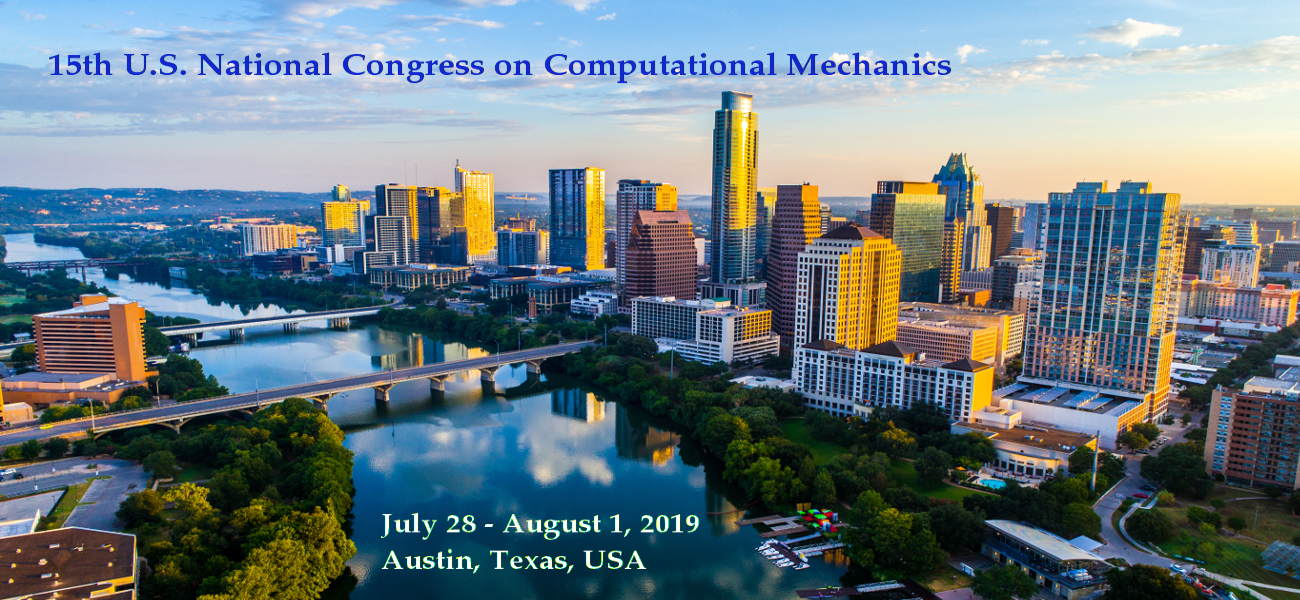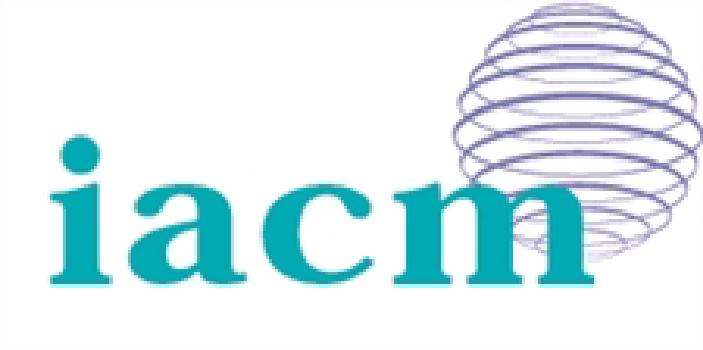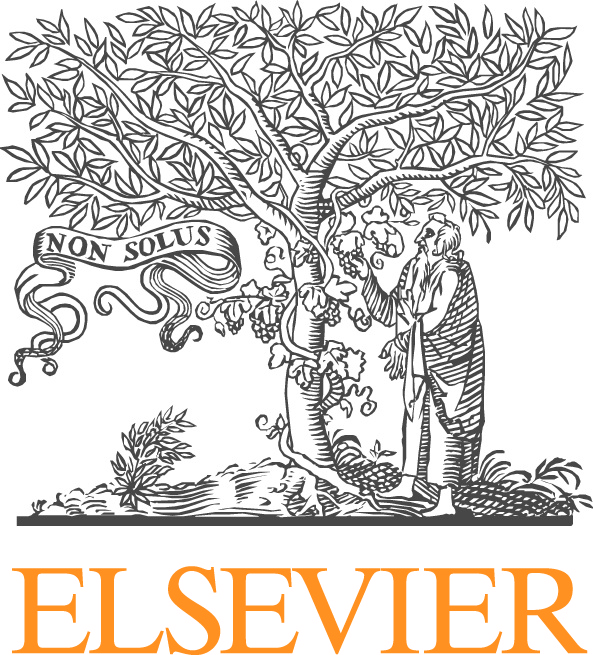Victor Calo, Curtin University
Guglielmo Scovazzi, Duke Unversity
Albert Romkes, South Dakota School of Mines
Arif Masud, University of Illinois
Santiago Badia, Universitat politécnica de Catalunya
John Evans, University of Colorado
Gabriel Barrenechea, U of Strathclyde
Javier Principe, Universitat politécnica de Catalunya
Luis Espath, King Abdullah University of Science and Technology
Computational methods are fundamental in the development and design processes in modern-day engineering. Processes where flow problems or coupled flow problems, respectively, are involved usually pose particular challenges for the computational methods. The simulation of these extremely complex flows requires a significant amount of computational resources as well as sophisticated models and numerical methods. Relevant examples are complex flows such as turbulent reactive and non-reactive flows, multiphase flows, or various other flows in industrial and environmental applications, and coupled flow problems such as fluid-structure interaction or various species transport problems. Over the last decades, significant research efforts seek to develop computational techniques that overcome difficulties encountered by classical methods of approximation (e.g., finite differences, finite volumes, and finite elements) when dealing with such (coupled) flow problems. We will discuss recent advances on compatible and positivity-preserving discretizations. Continuous as well as discontinuous discretization methods will be considered. For instance, techniques such as stabilization, reinterpreted as variational multiscale modelling, have proven to be powerful computational approaches for their numerical simulation. In the last decade, modern automatically stabilized techniques such as the discontinuous Petrov-Galerkin and the hybrid-higher order methods were introduced and developed. The organizers of this minisymposium seek to provide a forum for researchers and practitioners to present and discuss current issues concerning the development of numerical methods as well as mathematical models for (coupled) flow problems.







